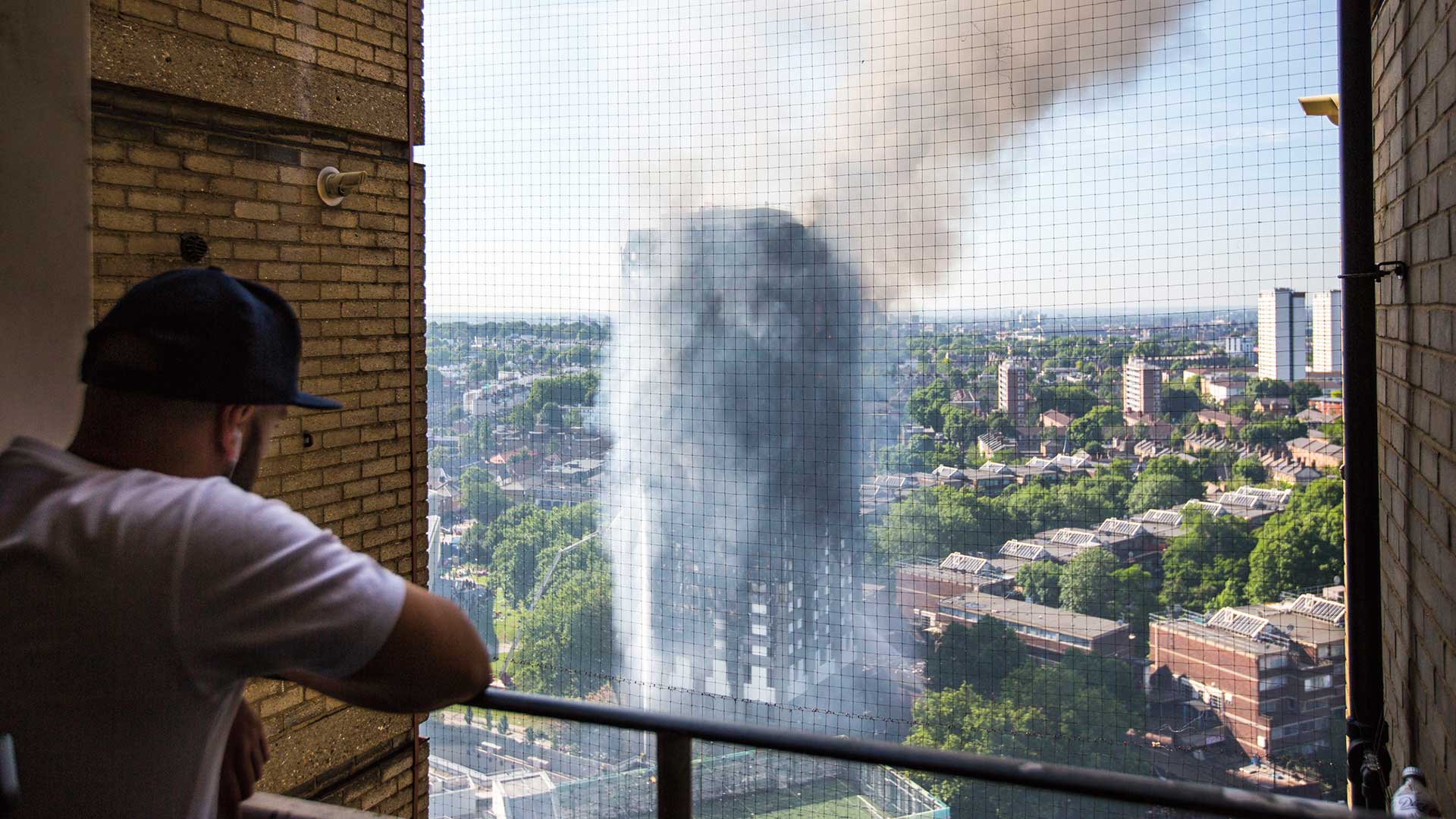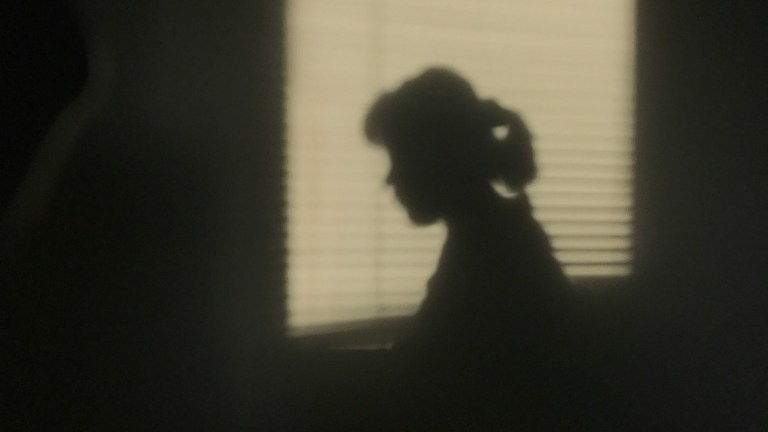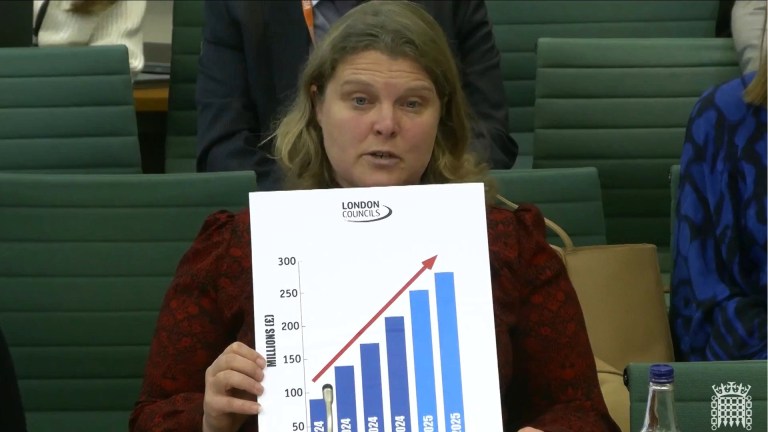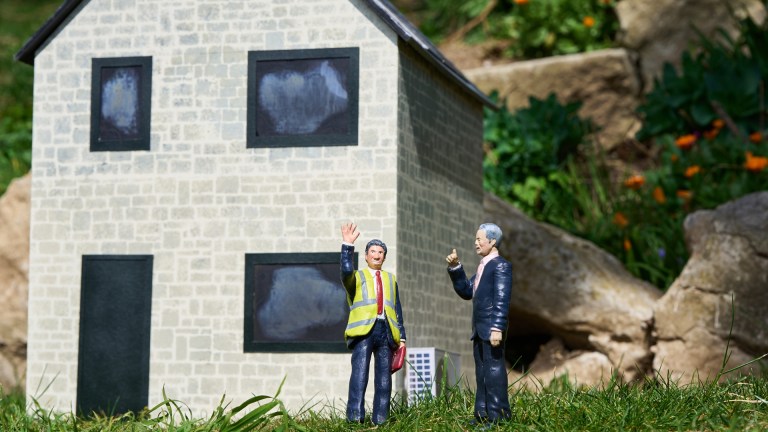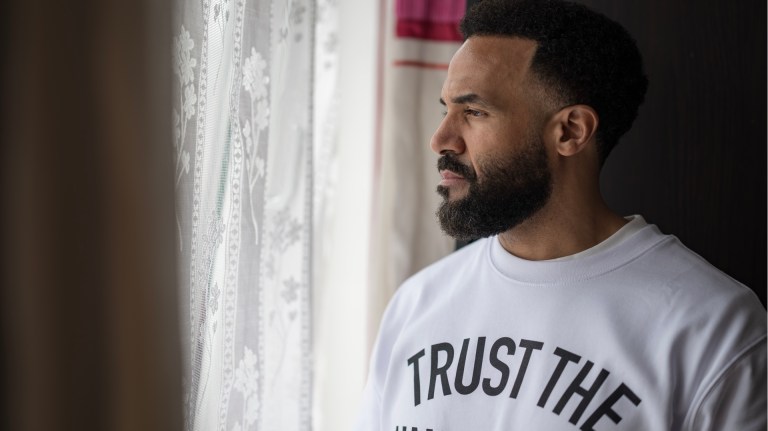When Grenfell Tower caught fire back in June I started broadcasting my show on talkRADIO from the area once a week because I wanted it to remain a national news story. My bosses backed me to keep focusing on Grenfell because they understood it was a local story that reflected all sorts of national issues: the profound risks of deregulation; the dangerous flaws in putting private interests in charge of social housing; the huge shortfall in mental health funding; and the paramount importance of community. Since the fire broke out the government has commissioned a safety inspection of similar tower blocks around the country. Every single one has failed.
The Royal Borough Of Kensington and Chelsea sounds like a posh person’s Shangri-La. The reality is rather more complex. It is the borough in which Grenfell Tower still stands, now a black skeleton on the skyline, a disturbing reminder of the 71 people who were burned alive in their homes.
'I've not been offered a thing six months on'
Displaced Grenfell resident tells @delaneyman reports that survivors are turning down properties is nonsense.https://t.co/naANbErGiF pic.twitter.com/6s1X5GotoT
— TalkTV (@TalkTV) December 14, 2017
Grenfell was just one of the worn out and neglected council buildings that sit incongruously amidst rows of neat, multi-million pound houses in this wildly diverse part of West London.
I’ve lived in West London my whole life. People who don’t know the city think of West London in the sense it is portrayed in Richard Curtis movies or on Made In Chelsea. Yes, there are lovely bits with big houses on tree-lined streets and it’s got its fair share of braying Sloanes, rich kids with names like Binky and gigantic white stucco houses owned by foreign oligarchs and hedge fund managers who leave them largely unoccupied all year round.
But that is just a fraction of the story; a larger chunk of west London is made up of the social housing I grew up in; it was one of the first truly multicultural parts of the country – Notting Hill was where the first wave of West Indian immigrants settled in the ’50s and places like Hounslow and Ealing remain some of the country’s most Asian-populated boroughs. Some people have said that the fire in June helped highlight the toxic divisions between rich, poor, black, white, locals and immigrants in these sorts of areas.
